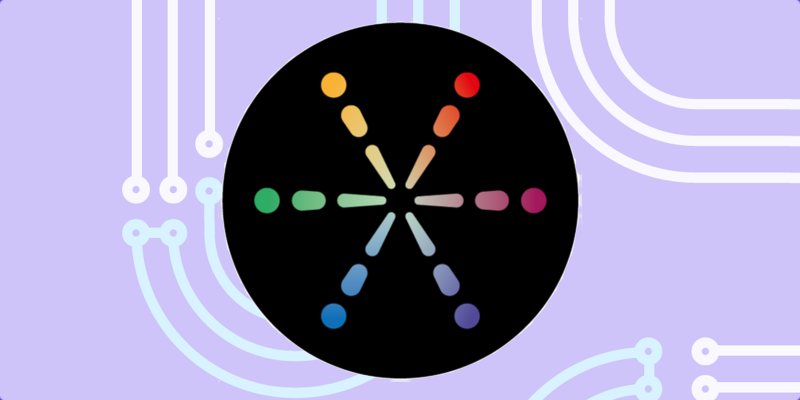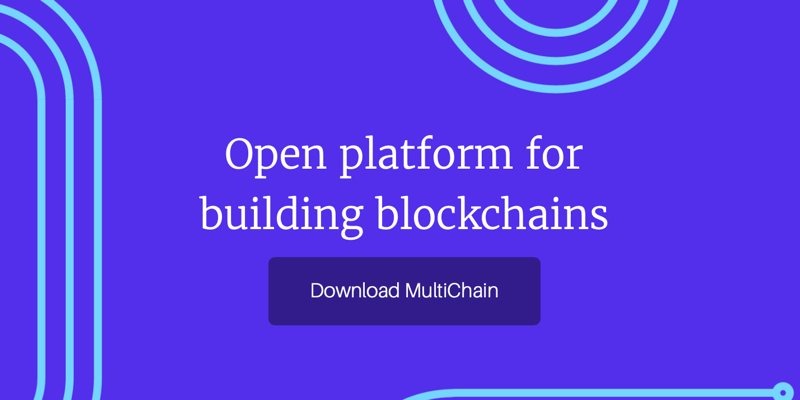
We hear about the blockchain all the time, but we don’t hear much when it comes to details. We know that cryptocurrencies like Bitcoin use blockchain technology, but we don’t often hear about the other uses.
Blockchain means a whole lot more than Bitcoin. It’s also useful for much more than currencies, though, as it is especially well-suited for certain use cases. You may even have a use case for a blockchain of your own, even if you didn’t know it until now.
Why Create Your Own Blockchain?
First, let’s start with a brief look at what a blockchain is. Basically, a blockchain is simply a log of actions or transactions, which is why it’s well-suited to currency. It’s also decentralized, which means it doesn’t require a main server for a source of authority. Every node in a system has a complete copy of the entire log, so if one node differs from everything else, there’s a clear way to tell which is the “real” log.
Blockchain technology can be useful in many instances where a relational database would be useful. The added computational trust model means that it’s a good technology for any database-type applications where different people or devices are writing to a single database.

For you, this could mean anything from simple experimentation to any number of applications. There are plenty of existing blockchains that may serve your needs, but building your own is a great way to truly understand how the technology works. It’s also a good option if no existing option meets your needs completely.
Getting Started
One of the easiest ways to build your own blockchain is to use MultiChain, a platform for creating blockchains. There are other options, but this will get you up and running quickly.
To get started, head to the MultiChain download page and download the appropriate package for your platform. Ideally, you’ll want to install the MultiChain on at least two different machines so you have two server nodes.

Creating Your First Blockchain
To test MultiChain, you can create a simple blockchain to start. Starting on the first server, run the following command in the terminal on Linux or macOS, or in the command prompt in Windows:
multichain-util create chain1
On Linux and macOS, this will create the file “~/.multichain/chain1/params.dat.” On Windows, it will create “%APPDATA%\MultiChain\chain1\params.dat.”
Now it’s time to initialize this blockchain with the following command:
multichaind chain1 -daemonYou’ll see a message that the server has started. You’ll also see the node address to connect from another machine. Note the IP address and port.
Connecting to Your Blockchain
On the second machine you set up, run the following to connect to the first machine:
multichaind chain1@IP-ADDRESS:PORTReplace IP-ADDRESS and PORT with the IP address and port you got when running the command on the first server. If everything goes well, you’ll see a message that the blockchain was initialized but you can’t connect as you don’t have permission. You’ll also see an address that you should take note of.
On the first machine again, run the following to add connection permissions for the second machine:
multichain-cli chain1 grant ADDRESS connect
Replace ADDRESS with the ADDRESS you got from the earlier step. Once you’ve run the previous command on the first machine, run the following on the second machine:
multichaind chain1 -daemonNow you’ve successfully connected. This is just the beginning, but you should now be up and running. To actually begin using this blockchain, see the MultiChain tutorial.
Conclusion
As we’ve both mentioned and shown above, you might choose blockchain technology for a variety of different reasons. The combination of relative ease of use with its lack of a single failure point makes it a powerful tool.
As you may have guessed, based on the site you’re reading, blockchain technology likely has a future as an important part of the Internet of things. For a closer look, see our article on how blockchain technology is already playing a part in IoT.







